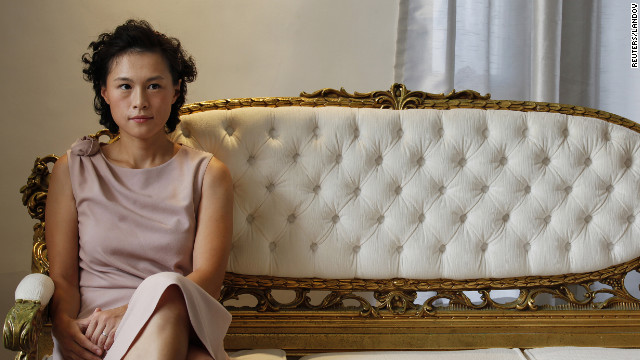
By Elizabeth Norton
Cultures around the world have long assumed that women are hardwired to be mothers. But a new study suggests that caring for children awakens a parenting network in the brain—even turning on some of the same circuits in men as it does in women. The research implies that the neural underpinnings of the so-called maternal instinct aren’t unique to women, or activated solely by hormones, but can be developed by anyone who chooses to be a parent.
“This is the first study to look at the way dads’ brains change with child care experience,” says Kevin Pelphrey, a neuroscientist at Yale University who was not involved with the study. “What we thought of as a purely maternal circuit can also be turned on just by being a parent—which is neat, given the way our culture is changing with respect to shared responsibility and marriage equality.”
The findings come from an investigation of two types of households in Israel: traditional families consisting of a biological mother and father, in which the mother assumed most of the caregiving duties, though the fathers were very involved; and homosexual male couples, one of whom was the biological father, who’d had the child with the help of surrogate mothers. The two-father couples had taken the babies home shortly after birth and shared caregiving responsibilities equally. All participants in the study were first-time parents.
Researchers led by Ruth Feldman, a psychologist and neuroscientist at Bar-Ilan University in Ramat Gan, Israel, visited with the families in their homes, videotaping each parent with the child and then the parents and children alone. The team, which included collaborators at the Tel Aviv Sourasky Medical Center in Israel, also took saliva samples from all parents before and after the videotaped sessions to measure oxytocin—a hormone that’s released at times of intimacy and affection and is widely considered the “trust hormone.” Within a week of the home visit, the participants underwent functional magnetic resonance imaging scanning to determine how their brains reacted to the videotapes of themselves with their infants.
The mothers, their husbands, and the homosexual father-father couples all showed the activation of what the researchers term a “parenting network” that incorporated two linked but separate pathways in the brain. One circuit encompasses evolutionarily ancient structures such as the amygdala, insula, and nucleus accumbens, which handle strong emotions, attention, vigilance, and reward. The other pathway turns up in response to learning and experience and includes parts of the prefrontal cortex and an area called the superior temporal sulcus.
In the mothers, activation was stronger in the amygdala-centered network, whereas the heterosexual fathers showed more activity in the network that’s more experience-dependent. At first glance, Feldman says, the finding would seem to suggest that mothers are more wired up to nurture, protect, and possibly worry about their children. The fathers, in contrast, might have to develop these traits through tending, communicating, and learning from their babies what various sounds mean and what the child needs.
“It’s as if the father’s amygdala can shut off when there’s a woman around,” Feldman observes. It could be assumed, she says, that this circuitry is activated only by the rush of hormones during conception, pregnancy, and childbirth.
But the brains of the homosexual couples, in which each partner was a primary caregiver, told a different story. All of these men showed activity that mirrored that of the mothers, with much higher activation in the amygdala-based network, the team reports online today in the Proceedings of the National Academy of Sciences.
This finding argues strongly that the experience of hands-on parenting, with no female mother anywhere in the picture, can configure a caregiver’s brain in the same way that pregnancy and childbirth do, Feldman says.
She adds that in the heterosexual fathers, the activation of the amygdala-based network was proportional to the amount of time they spent with the baby, though the activity wasn’t as high as in the mothers or in the two-father couples.
Feldman does not believe that the brain activity of the primary-caregiving fathers differed because they were gay. Previous imaging studies, she notes, show no difference in brain activation when homosexual and heterosexual participants viewed pictures of their loved ones.
Future studies, Pelphrey says, might focus more closely on this question. “But it’s clear that we’re all born with the circuitry to help us be sensitive caregivers, and the network can be turned up through parenting.”
http://news.sciencemag.org/brain-behavior/2014/05/parenting-rewires-male-brain




